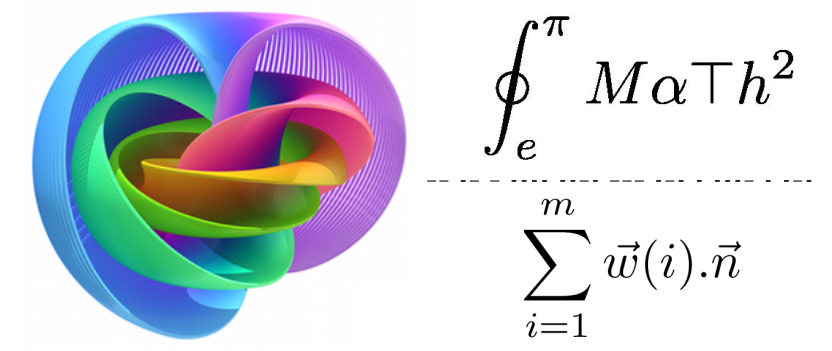Mathematical modelization of the Coronavirus pandemic
For our members, it is very useful, in addition to ordinary mathematical training ;-), to sometimes consult sites devoted to mathematical outreach, like “Image des maths’’ and “Numberphile”, surely among the bests! They recently published mathematical contributions on the Coranavirus pandemic: Article1 and Article2 in “Images des Maths” and this Video in “Numerphile”. We also strongly recommend this nice and more fundamental video on the understanding of the pandemic evolution.
Pandemic modelization essentially consists in establishing ordinary differential equations satisfied by functions (of time) describing the state of propagation of the pandemic. However, as in the case of modelization of physical problems, one does not take into account of all the universe: rather one considers ideal situation where many parameters are neglected. Then, one uses computing softwares (like Geogebra, recommended for a pedagogic objective) to get approximate solutions of these differential equations. It is therefore essential to get a large mathematical background on differential equations in order to know how to use them in modelization. It turns out however that in general we cannot solve them explicitly. By general theory, approximate numerical solutions apply but for a limited time; in the case of the Coronavirus they could perhaps apply and give satisfactory results only for few days or weeks. To know behavior for months, it is thus necessary to make use of a qualitative long-term study by methods of the “Dynamical Systems Theory’’, a mathematical theory born, more than one century ago (due to H. Poincaré), from the statement of failure: we cannot solve differential equations (even if we can sometimes easily write them, as in the case of the Coronavirus)!
We recommend this technical contribution, written in arabic, by Khamini Moulay Ali, a Mauritanian mathematician. To the best of our knowledge, this is the first one, written in arabic language, addressing the Covid-19 pandemic modelization. We take this opportunity to thank the contributor and highlight the efforts made by Mauritanian mathematicians to promote mathematics in their country, despite difficulties (see this video and this link to get an idea about mathematical outreach activities in Mauritania).


